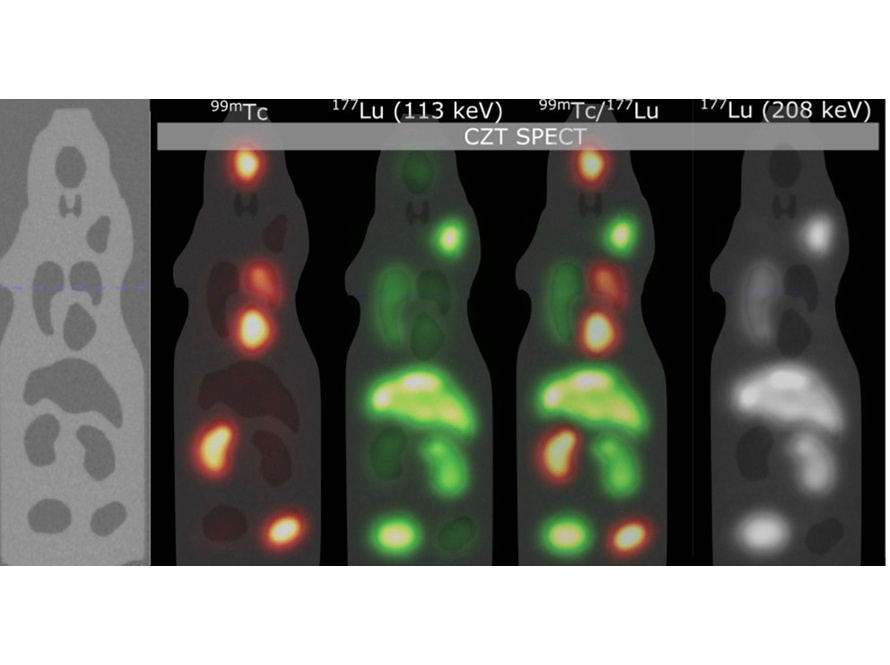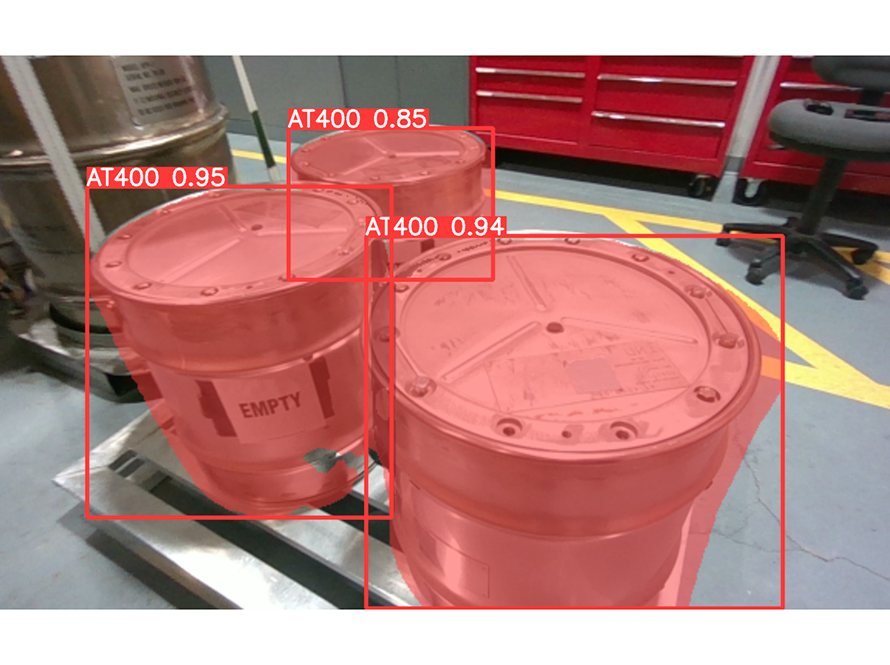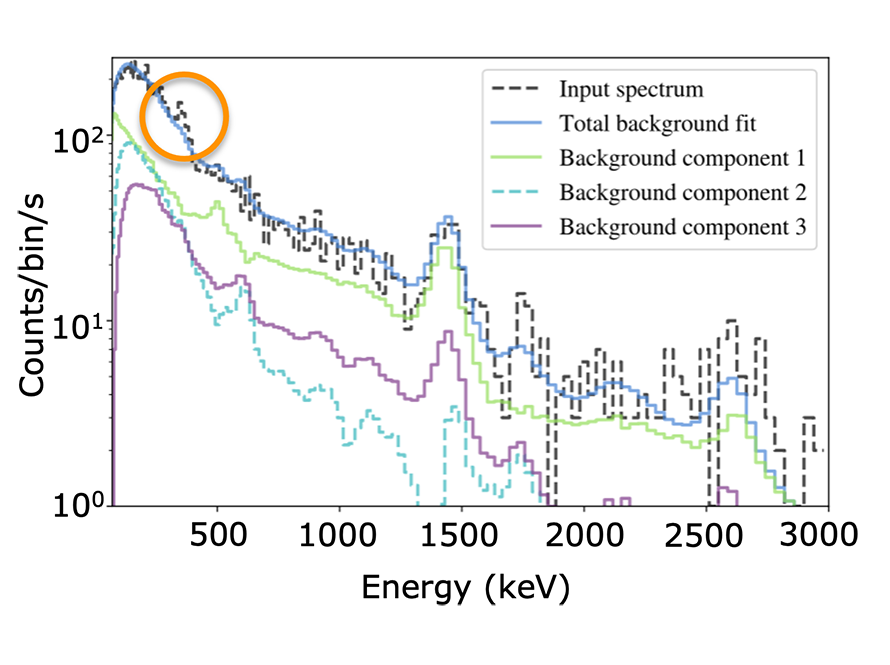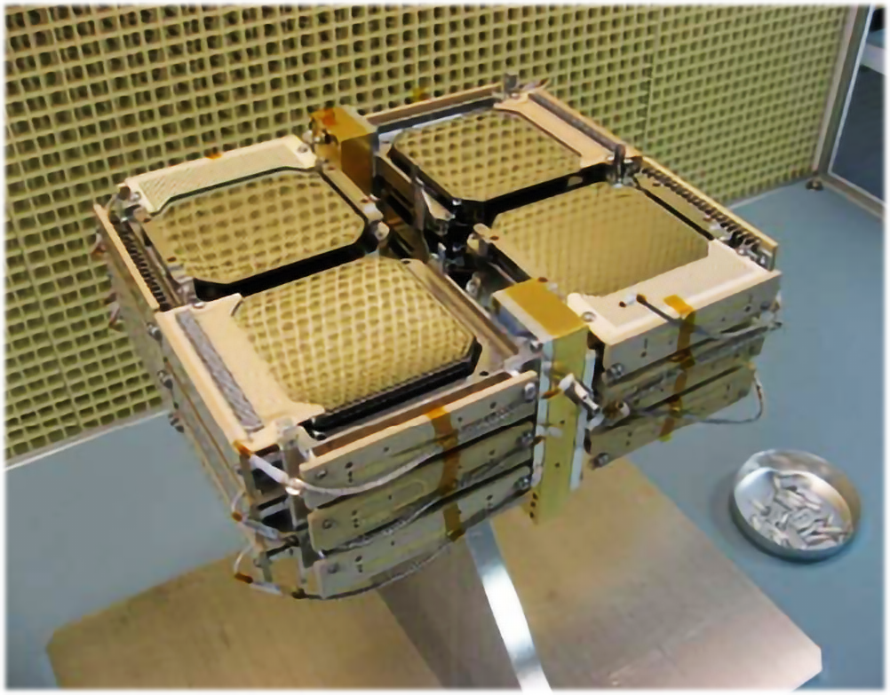
Our Biomedical Imaging research focuses on the development of new detector technologies, algorithms, and techniques to advance the state-of-the-art in positron emission tomography (PET) dose verification in ion cancer therapies, and targeted radiopharmaceutical therapies.

ANP researchers are exploring how computer vision, machine learning, and artificial intelligence can enhance nuclear security, nuclear safeguards, nuclear safety, and fundamental physics. This includes using neural networks to analyze camera and lidar data for object detection, tracking, and change detection, as well as employing Simultaneous Localization and Mapping (SLAM) to create 3D representations of environments in which detector systems operate. Integrating radiation and other sensor data further improves scene understanding and AI methods can be applied for feature extraction and data fusion.

Rapid, high-sensitivity detection and identification of radiological/nuclear anomalies is essential for nuclear safety and security. This requires advanced algorithms capable of analyzing radiation detector signatures and differentiating them from complex background radiation. Integrating these detectors with contextual sensors like cameras and LiDAR, combined with increased computational power, is driving the development of revolutionary anomaly detection and isotope identification algorithms. The Applied Nuclear Physics program is actively advancing these capabilities by leveraging cutting-edge computational methods and sensor technologies to detect subtle radiological signatures in challenging environments.

The Semiconductor Detector Laboratory (SDL) has a rich history in the development and fabrication of high-purity germanium (HPGe) detectors. Our current research is focused on pushing the boundaries of HPGe detector performance in terms of noise, position resolution, and count rate capability.

We have a broad set of research activities related to radiation imaging, multi-sensor fusion, and nuclear robotics. ANP is a pioneer in the area of multi-sensor fusion for radiation detection and imaging and conducts research that leverages computer vision and robotics to improve the ability of radiation detection systems to operate in uncontrolled environments. The ANP-developed Scene Data Fusion (SDF) technique enables fully free-moving radiation detection, imaging, and mapping in complex environments and is now driving advances in nuclear robotics and autonomy for nuclear safety, nuclear nonproliferation, and environmental management.

The Berkeley Data Cloud (BDC) is a data management system developed to enable the curation, retrieval, and analysis of multi-dimensional scientific data. ANP manages BDC and performs research and development activities in the areas of scientific data management and analysis.

Research in this area focuses on advancing the state-of-the-art in the detection, localization, and tracking of radiological/nuclear radiation through the use of advanced sensor networks. This includes the development of sensor systems and algorithms, data fusion, and exploitation of next generation communications technologies.